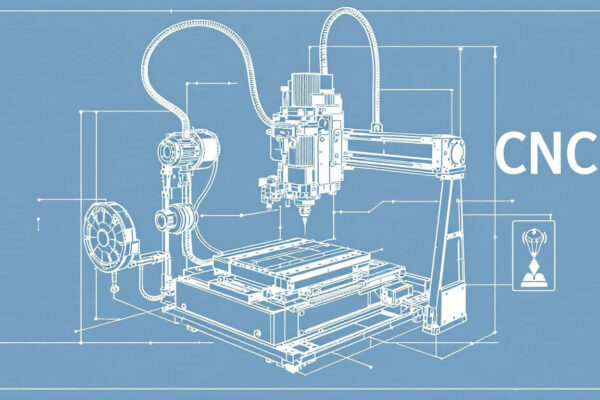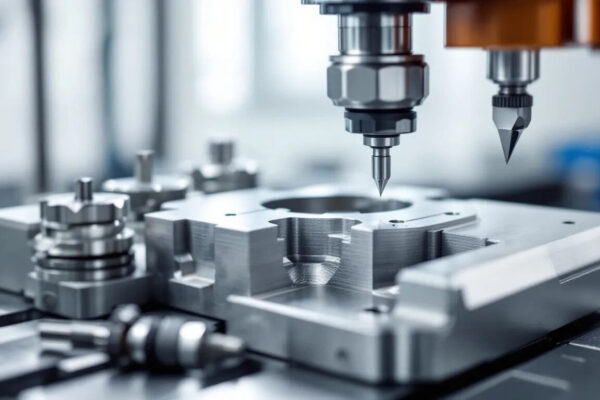The global manufacturing industry is experiencing a significant transformation, with precision machining and advanced metalworking techniques at the forefront. From machining bronze components to producing cast-aluminum structures and applying laser-etched surface finishes, manufacturers are combining high-accuracy production processes with material science to achieve reliable performance and greater design flexibility.
Precision Machining and Material Expertise
Precision machining continues to elevate quality and efficiency across sectors such as aerospace, automotive, electronics, and medical technology. By integrating computer-controlled accuracy with material-specific expertise, manufacturers can produce long-lasting components with tight tolerances and high-quality surface finishes.
A notable trend is the growing demand for machined bronze and bronze CNC parts. Bronze is valued for its excellent wear resistance and conductivity and is commonly used in high-load or low-friction applications, including bearings, bushings, and marine equipment.
Understanding Brass and Metal Composition
Engineers and buyers frequently ask: What is brass made of?
Brass is an alloy primarily composed of copper and zinc, known for its high machinability and attractive, corrosion-resistant appearance.
In discussions comparing brass vs. copper, the main considerations include cost, corrosion behavior, machinability, and electrical conductivity. Brass is often selected for decorative and mechanical applications, while copper remains the preferred choice for electrical and thermal applications due to its superior conductivity.
Advances in Casting and Die-Casting
Modern casting and die-casting technologies, especially when working with cast aluminum, are helping manufacturers achieve lightweight and cost-efficient designs. Aluminum casting offers a strong balance of structural integrity and thermal conductivity, making it a versatile material for many industries.
These processes enable the production of intricate geometries with minimal material waste — ideal for electronics housings, automotive parts, and precision enclosures. Improvements in tooling and simulation technologies have further enhanced consistency and reliability in casting and die-casting workflows.
Tack Welding and Fabrication Efficiency
In metal fabrication and assembly, tack welding is essential for holding components in place before completing the final weld. Small, controlled welds ensure proper alignment and help reduce distortion, especially when working with mixed materials such as cast aluminum, brass, or bronze CNC components. Effective tack welding improves both structural accuracy and process efficiency.
Surface Engineering and Laser Etching
Beyond structural performance, manufacturers increasingly emphasize surface engineering for marking, branding, and functional labeling. Laser etching has become a preferred method for producing precise, durable, and high-contrast markings on metals — including brass, bronze, steel, and aluminum. This method provides excellent traceability without compromising the integrity of the material.
Materials Used in Modern Manufacturing
Today’s manufacturing environment requires a deep understanding of the materials used across a wide range of applications. Traditional metals such as steel, copper, and aluminum remain essential, while advanced alloys like bronze, brass, and zinc continue to gain relevance due to their mechanical performance and sustainability benefits.
When paired with precision machining, advanced casting, and laser-based surface treatments, these materials enable the development of high-performance components for the energy, electronics, industrial, and transportation sectors.
Conclusion
From high-precision machining and bronze CNC manufacturing to modern casting processes and laser etching, the metalworking industry is evolving rapidly. With continued advancements in materials such as brass, bronze, and cast aluminum, as well as improvements in welding and fabrication techniques, manufacturers are achieving greater accuracy, reliability, and efficiency.
As industries explore new design possibilities and material combinations, innovation in machining, casting, and surface engineering will remain a key driver of competitive and sustainable manufacturing worldwide.




